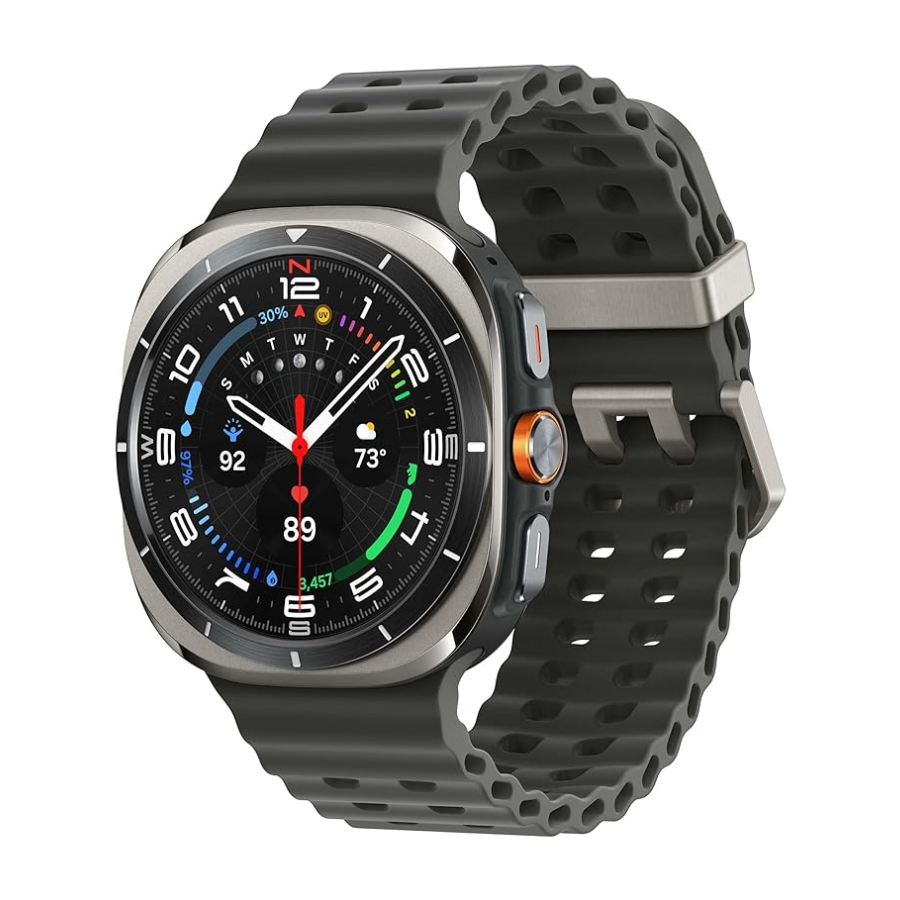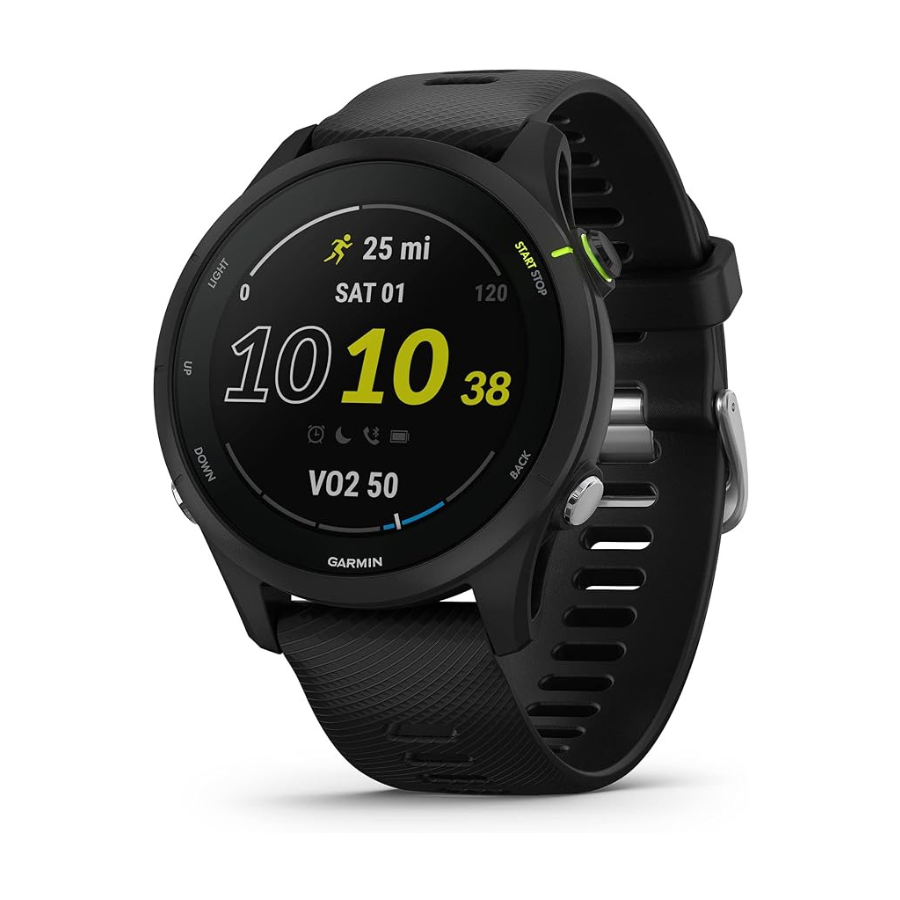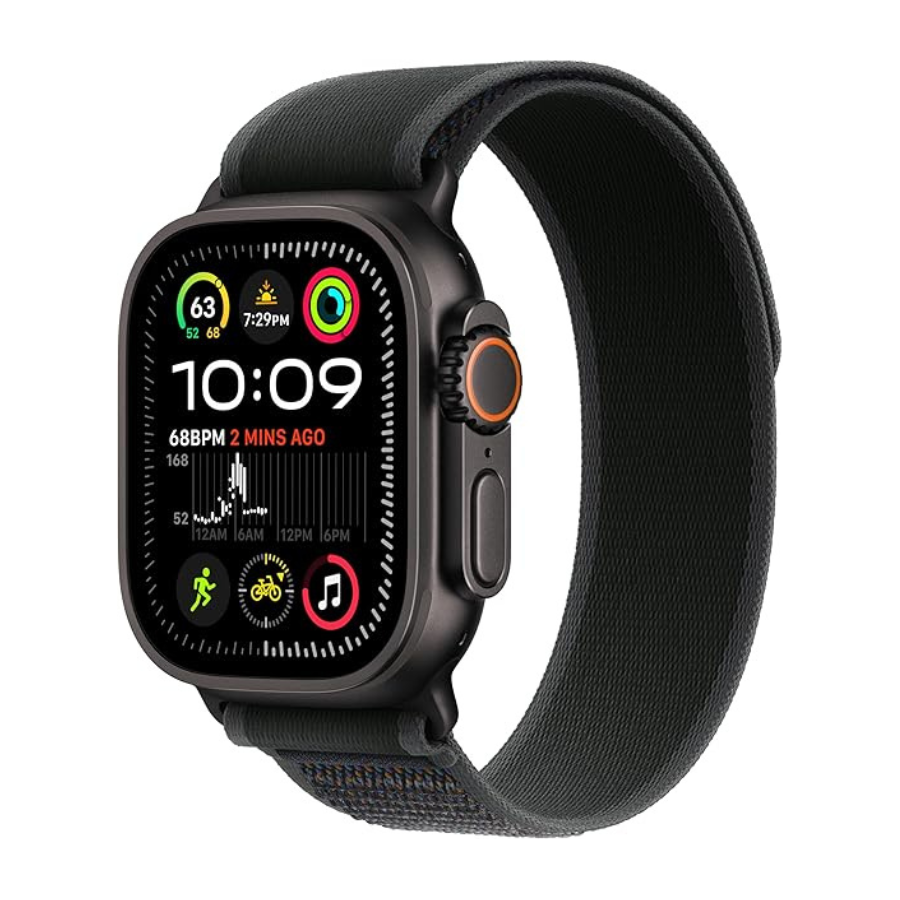A Full-Featured Health and Fitness Smartwatch
- Olivia Brooks - Staff Writer/Reviewer
If you’re interested in a smartwatch that goes beyond just tracking steps, the Fitbit Sense 2 might be what you’re looking for. This smartwatch doesn’t just count your activity; it’s packed with features for health monitoring, like stress management tools, sleep tracking, and even ECG capabilities. I’ve been testing it out, and I’ve got plenty to share—from what makes it stand out to a few minor drawbacks to keep in mind.
Design and Comfort
Fitbit has kept the design of the Sense 2 pretty simple and streamlined. It’s sleek, with a square face and rounded edges that feel comfortable on the wrist. The screen is a 1.58-inch AMOLED display that’s bright, sharp, and easy to read, even in sunlight. The always-on option is a nice touch if you want to glance at the time or see your metrics without waking up the device.
It’s lightweight and comes with a soft silicone band that’s adjustable and comfortable enough to wear all day and night. Plus, it’s water-resistant up to 50 meters, so there’s no need to take it off when you’re swimming or showering. You might want to swap the band if you’re dressing up, but as a daily fitness tracker, the included band is perfect.
Health and Fitness Tracking
This is where the Fitbit Sense 2 shines. It’s got all the standard fitness tracking features—steps, calories burned, distance, and active minutes—but goes further with advanced health metrics. I found the 24/7 heart rate tracking to be accurate and consistent. It’s a great way to keep tabs on how hard you’re working during a workout and see resting heart rate trends over time.
Then there’s the ECG app. With a simple on-screen guide, you can take an ECG reading by placing your fingers on the corners of the watch. This feature detects irregular heart rhythms and can alert you if something’s off, which could help you catch potential health issues early. I tested it a few times, and it’s easy to use, with results displayed right on the watch and saved in the Fitbit app for further review.
Another standout is the SpO2 sensor. It’s not something you’ll use every day, but it’s handy for understanding your blood oxygen levels, especially if you’re hiking at high altitudes or simply want to monitor your overall wellness. I wore it overnight, and the next morning, I had a clear view of my oxygen saturation, which added another layer to my sleep and recovery insights.
Stress Management Tools
One of the main selling points of the Sense 2 is its stress management tools. Fitbit has really stepped it up here, giving you a range of options to track and manage stress. The watch uses EDA (Electrodermal Activity) sensors to measure small electrical changes in your skin, which can indicate stress levels. You can run a stress scan whenever you feel like it, and the watch will provide a Stress Management Score, reflecting how your body handles stress over time.
The watch also offers guided breathing exercises and mindfulness sessions, which I found useful for calming down after a long day. These exercises can be customized for different lengths, so whether you have a few minutes or a half-hour, you can fit a quick session into your day. It’s a unique feature and one I think would appeal to anyone looking to manage stress in a more structured way.
Sleep Tracking and Analysis
Fitbit’s sleep tracking has always been one of its strong points, and the Sense 2 doesn’t disappoint. It automatically tracks your sleep stages—light, deep, and REM—and gives you a detailed report every morning. You’ll see a Sleep Score based on your sleep duration, quality, and restfulness. I’ve found this feature helpful in understanding how much quality sleep I’m actually getting.
One new addition is Sleep Profile, which analyzes your sleep data over time and identifies patterns. This is perfect if you’re trying to improve your sleep habits. The Sleep Profile goes beyond a single night’s report to show trends over weeks or even months, offering personalized tips for getting better rest. For anyone serious about improving sleep, this feature alone makes the Fitbit Sense 2 worth considering.
Built-In GPS and Activity Tracking
The built-in GPS is a huge plus if you’re into outdoor activities like running, cycling, or hiking. It tracks your route, pace, and distance without needing your phone, which is great if you want to leave your phone at home. I’ve used it on a few runs, and the GPS picked up quickly and was accurate throughout. After your workout, you can see a full map of your route on the Fitbit app, along with details about your pace and heart rate zones.
Besides GPS, the Sense 2 offers plenty of other activity tracking modes for things like swimming, yoga, and weight training. It can automatically detect certain activities, so you don’t have to worry about starting or stopping it manually. If you’re focused on tracking specific workouts or just your daily movement, this watch has you covered.
Battery Life and Charging
The battery life on the Sense 2 is another strong point. Fitbit says it lasts up to 6 days, and in my experience, that’s accurate. Even with features like always-on display and continuous heart rate tracking, I managed to get close to a full week on a single charge. Using GPS and the ECG app does drain the battery faster, but it’s still more than enough to get through several days.
Charging is quick, too. You’ll get about 80% charge in just 40 minutes, so even if you’re in a rush, you can top it up pretty quickly. I usually charge mine while I’m showering or doing other things around the house, and it’s ready to go for the day.
Fitbit App and Insights
The Fitbit app is where you’ll see all your health data come together. It’s user-friendly and organizes everything—heart rate, steps, sleep, and stress—into easy-to-read charts. The app offers deeper insights and trends over time, which is especially helpful if you’re looking to make lifestyle changes.
You can also access premium features in the app, like advanced sleep and wellness reports, personalized insights, and access to a library of workout and mindfulness sessions. Fitbit Premium requires a monthly subscription, but if you’re interested in a more in-depth view of your health metrics, it might be worth it.
Pros and Cons
Pros:
- Comprehensive health monitoring: ECG, SpO2, and 24/7 heart rate tracking provide a complete picture of your health.
- Advanced stress management tools: EDA sensor, guided breathing, and stress scans help you stay calm.
- Sleep tracking with detailed analysis: Tracks stages and provides a Sleep Profile with personalized tips.
- Built-in GPS: Track your outdoor activities without needing your phone.
- Long battery life: Lasts up to 6 days on a single charge, even with continuous monitoring.
Cons:
- Requires Fitbit Premium for some features: Advanced insights and content need a subscription.
- Limited third-party apps: App selection isn’t as extensive as on some other smartwatches.
- Display could be larger: The screen size works, but it might feel small if you’re used to larger smartwatches.Fitbit Sense 2 Advanced Health and Fitness Smartwatch with Tools to Manage Stress and Sleep, ECG App, SpO2, 24/7 Heart Rate and GPS4.2View Price on AmazonWe may earn a commission if you make a purchase, at no additional cost to you.
Conclusion
The Fitbit Sense 2 is a fantastic choice if you’re looking for a smartwatch that prioritizes health and wellness. From ECG and SpO2 monitoring to stress management tools and sleep tracking, it offers a range of features that help you get a complete view of your health. The built-in GPS, long battery life, and comfortable design make it versatile enough for both workouts and daily wear.
While it does require a Fitbit Premium subscription for some advanced features, the basics are more than enough to keep most users satisfied. If you’re serious about tracking your health or want a watch that goes beyond just steps and calories, the Fitbit Sense 2 is worth considering. It’s a solid investment for anyone looking to prioritize wellness and fitness, all while staying connected.
You Might Also Consider...
|
Our Rating:
4.4
|
Our Rating:
4.6
|
Our Rating:
4.7
|




